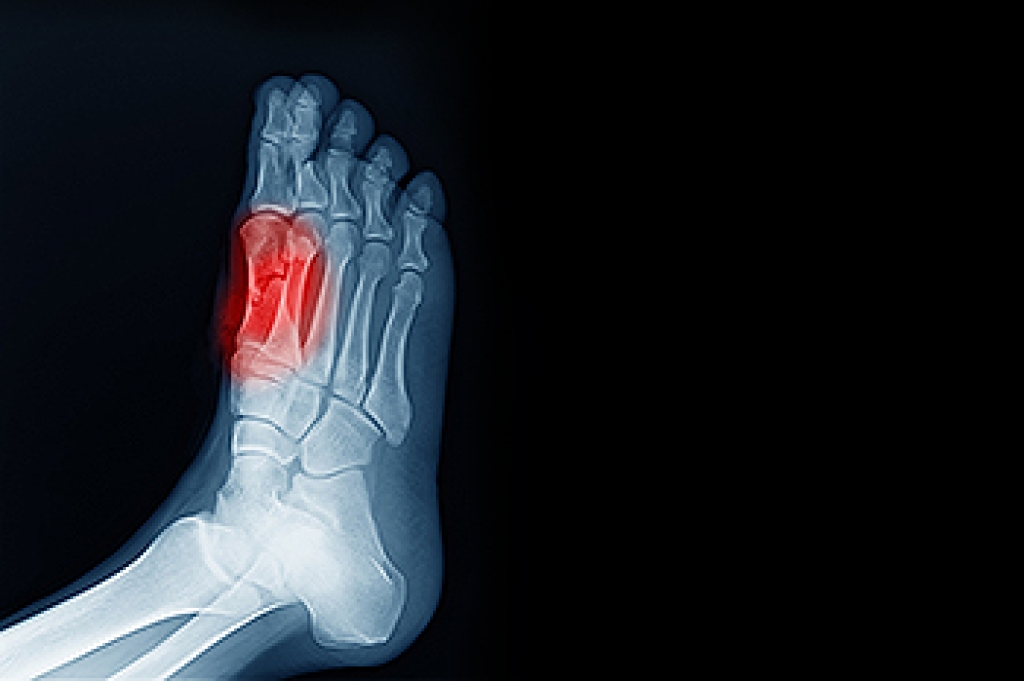
An ankle sprain occurs when the foot twists in a way that stretches or tears the ligaments holding the ankle joint together. This often occurs during sports or other activities that involve jumping, quick turns, or sudden stops. Most sprains affect the outside of the ankle when the foot rolls inward, causing pain, swelling, and difficulty walking. Wearing shoes that lack adequate support, poor balance, or weak ankle muscles can increase the chance of injury. People with a previous ankle sprain are also more likely to sprain the same ankle again, especially if it did not heal properly. Sprains can range from mild to severe, and, in some cases may include a bone fracture. A podiatrist can examine the foot and ankle, determine how serious the injury is, and suggest the right treatment to help it heal correctly. If you believe you have sprained an ankle, it is suggested that you schedule an immediate appointment with a podiatrist for an exam and appropriate treatment options.
Ankle sprains are common but need immediate attention. If you need your feet checked, contact Shalonda Davidson, DPM from Instride Carolina Foot Care. Our doctor can provide the care you need to keep you pain-free and on your feet.
How Does an Ankle Sprain Occur?
Ankle sprains take place when the ligaments in your ankle are torn or stretched beyond their limits. There are multiple ways that the ankle can become injured, including twisting or rolling over onto your ankle, putting undue stress on it, or causing trauma to the ankle itself.
What Are the Symptoms?
- Mild to moderate bruising
- Limited mobility
- Swelling
- Discoloration of the skin (depending on severity)
Preventing a Sprain
- Wearing appropriate shoes for the occasion
- Stretching before exercises and sports
- Knowing your limits
Treatment of a Sprain
Treatment of a sprain depends on the severity. Many times, people are told to rest and remain off their feet completely, while others are given an air cast. If the sprain is very severe, surgery may be required.
If you have suffered an ankle sprain previously, you may want to consider additional support such as a brace and regular exercises to strengthen the ankle.
If you have any questions please feel free to contact our office located in Statesville, NC . We offer the newest diagnostic and treatment technologies for all your foot and ankle needs.




